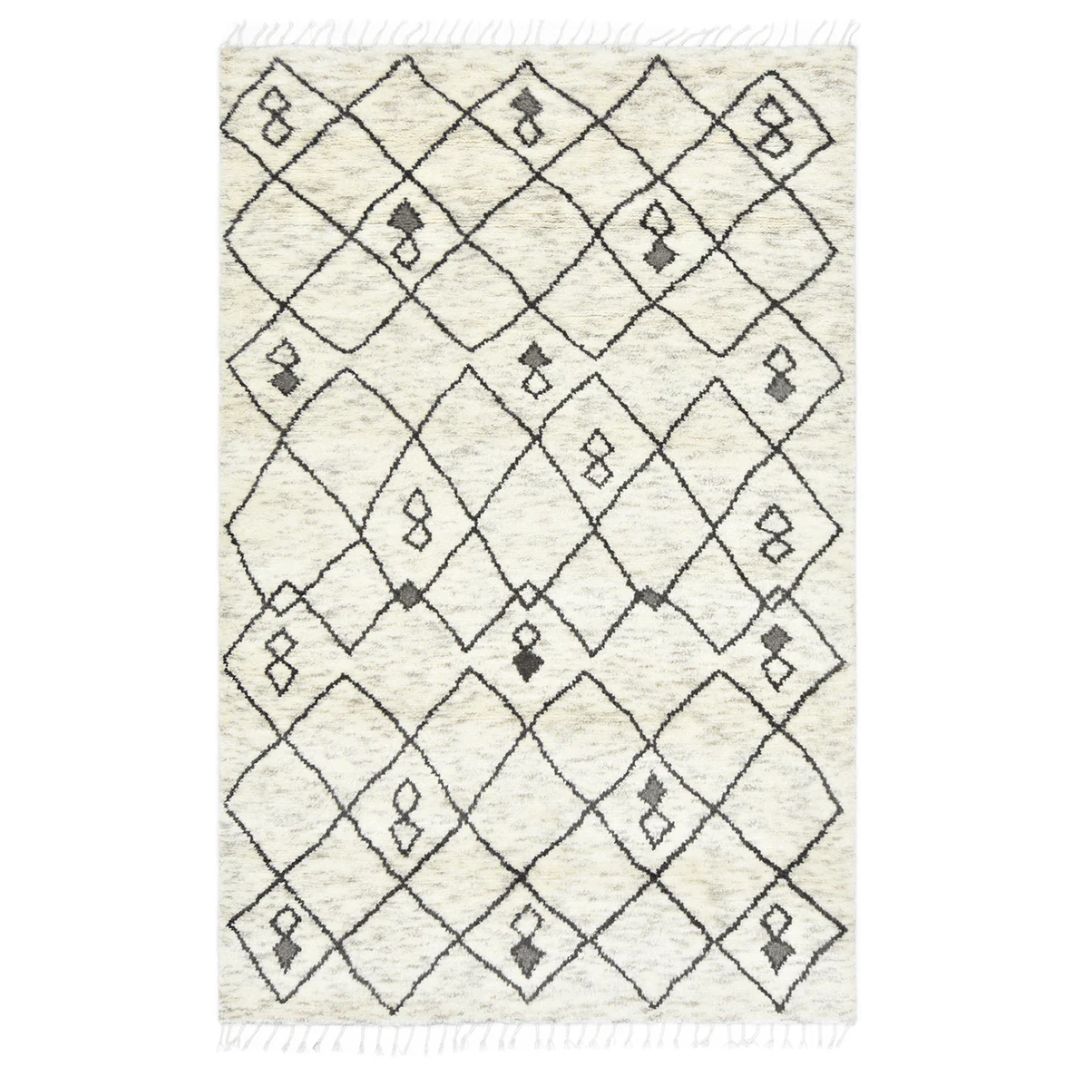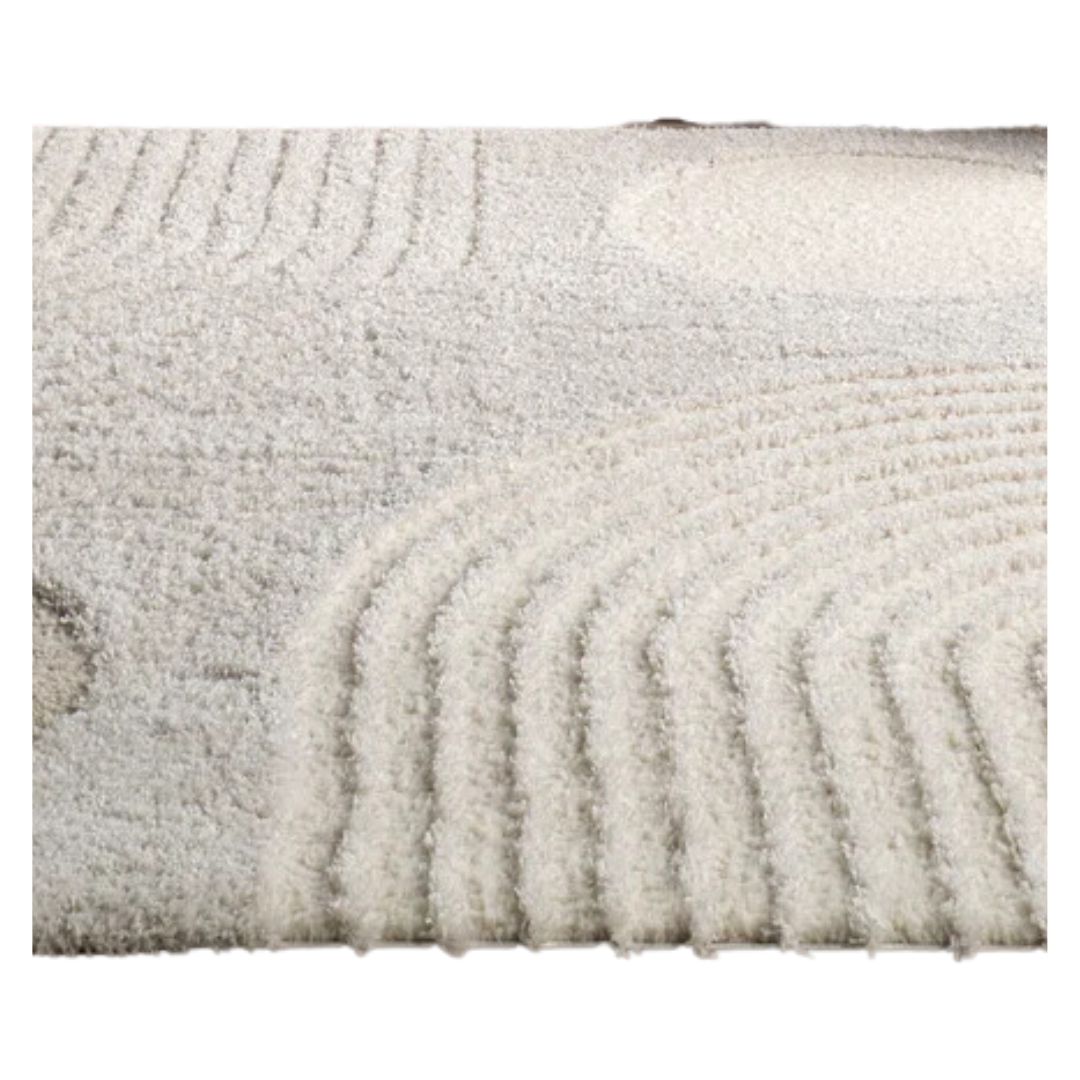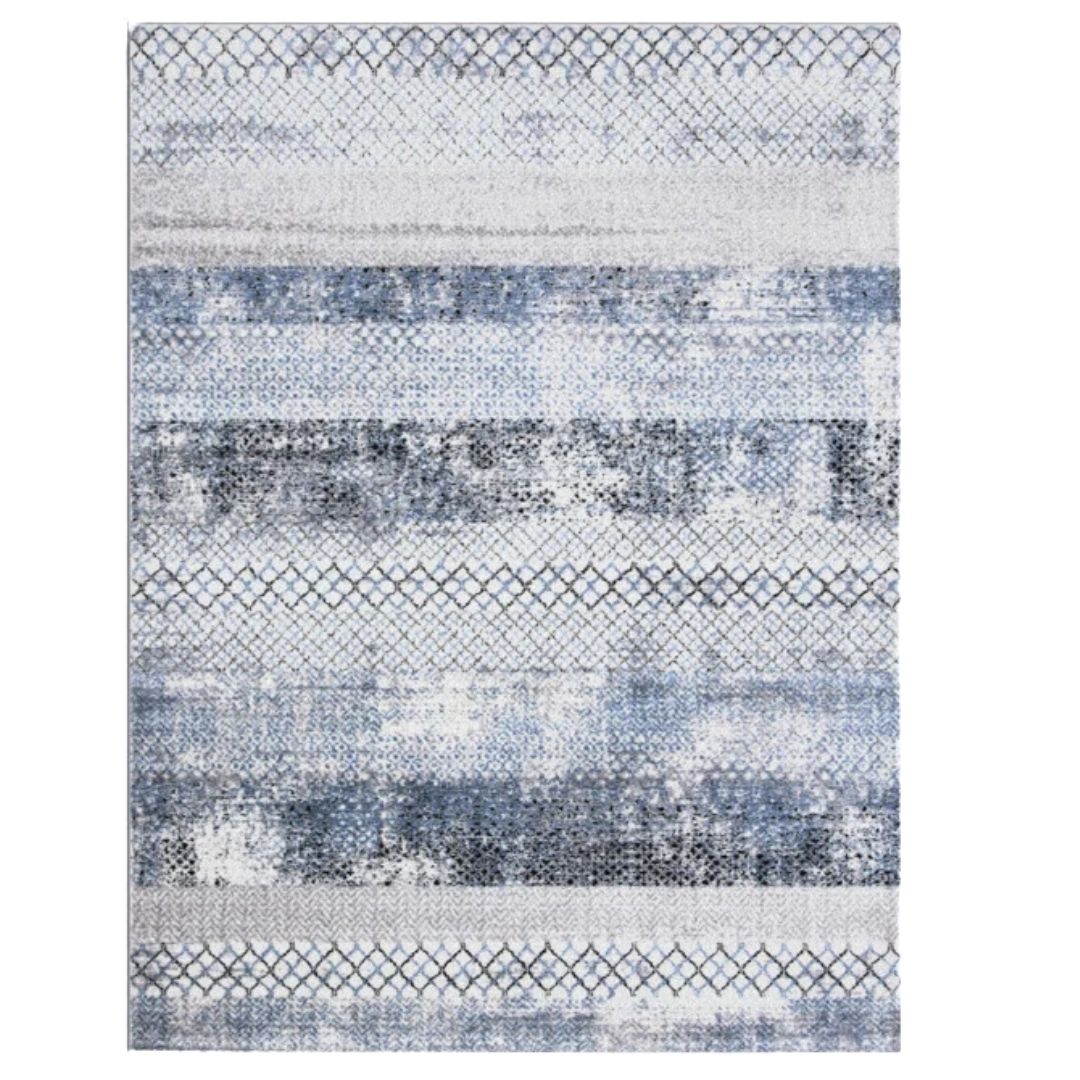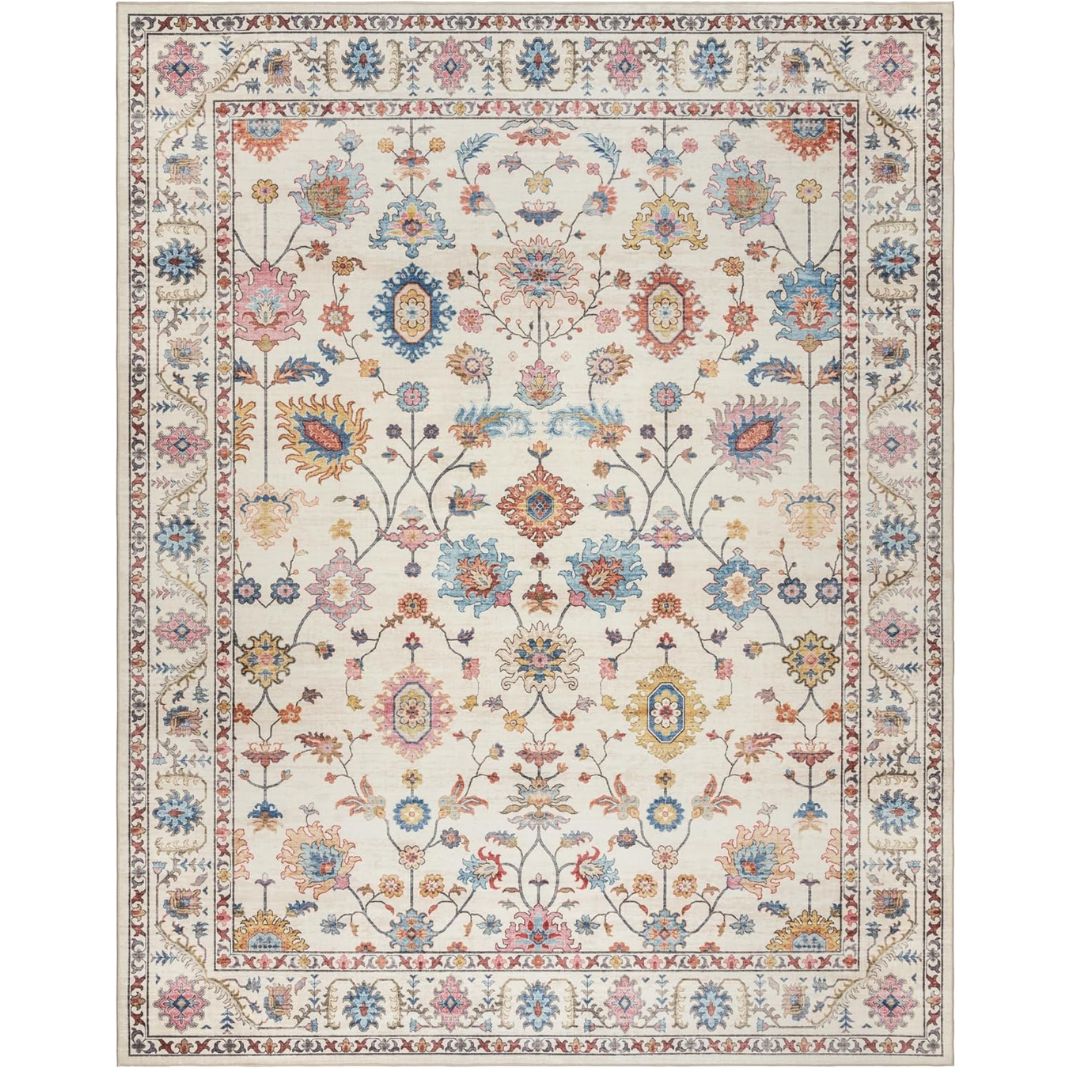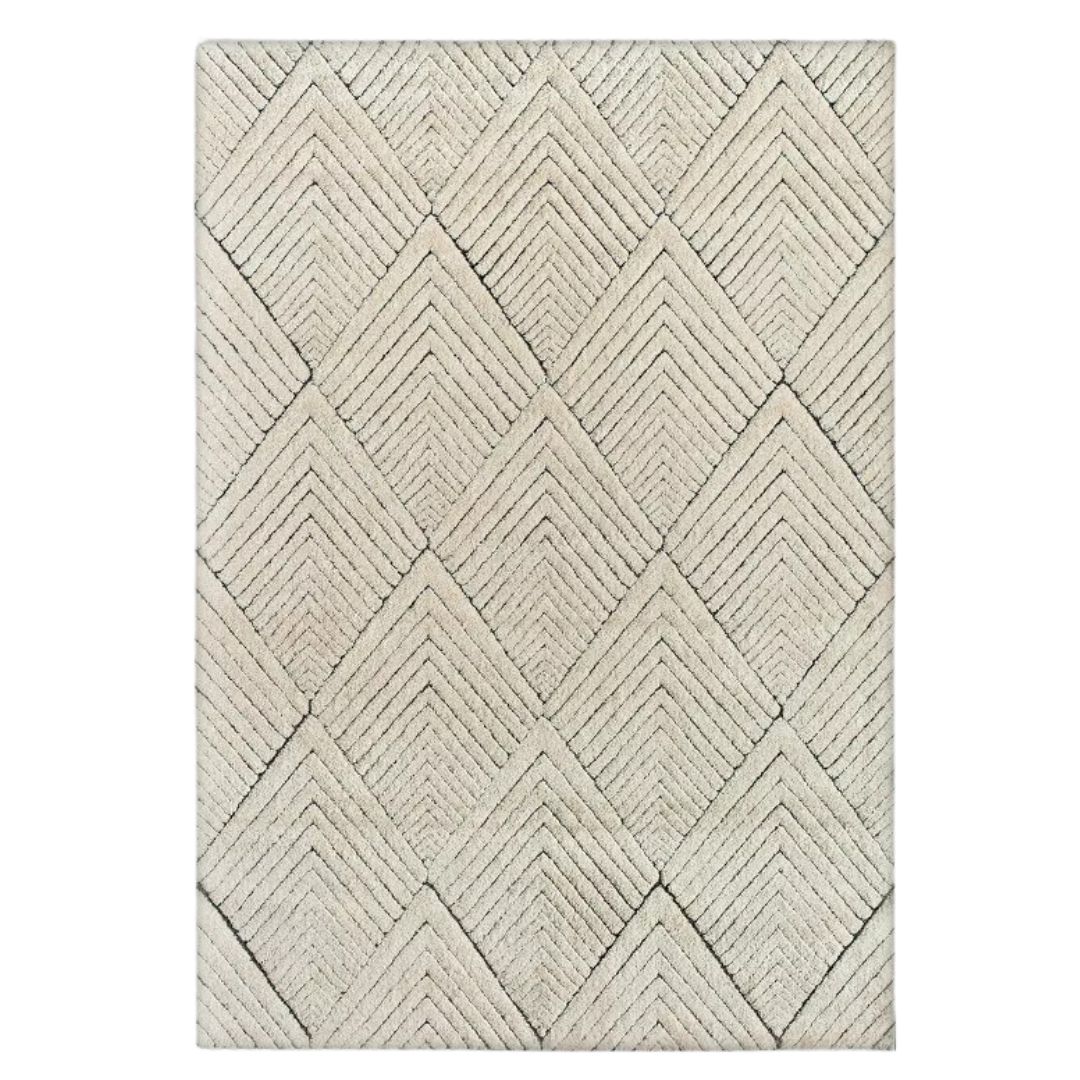How Big Should a Living Room Rug Be? Your Ultimate Guide to Size, According to Designers
Interior designers offer advice on how to pick the right size of rug, and the best way to place it in your home
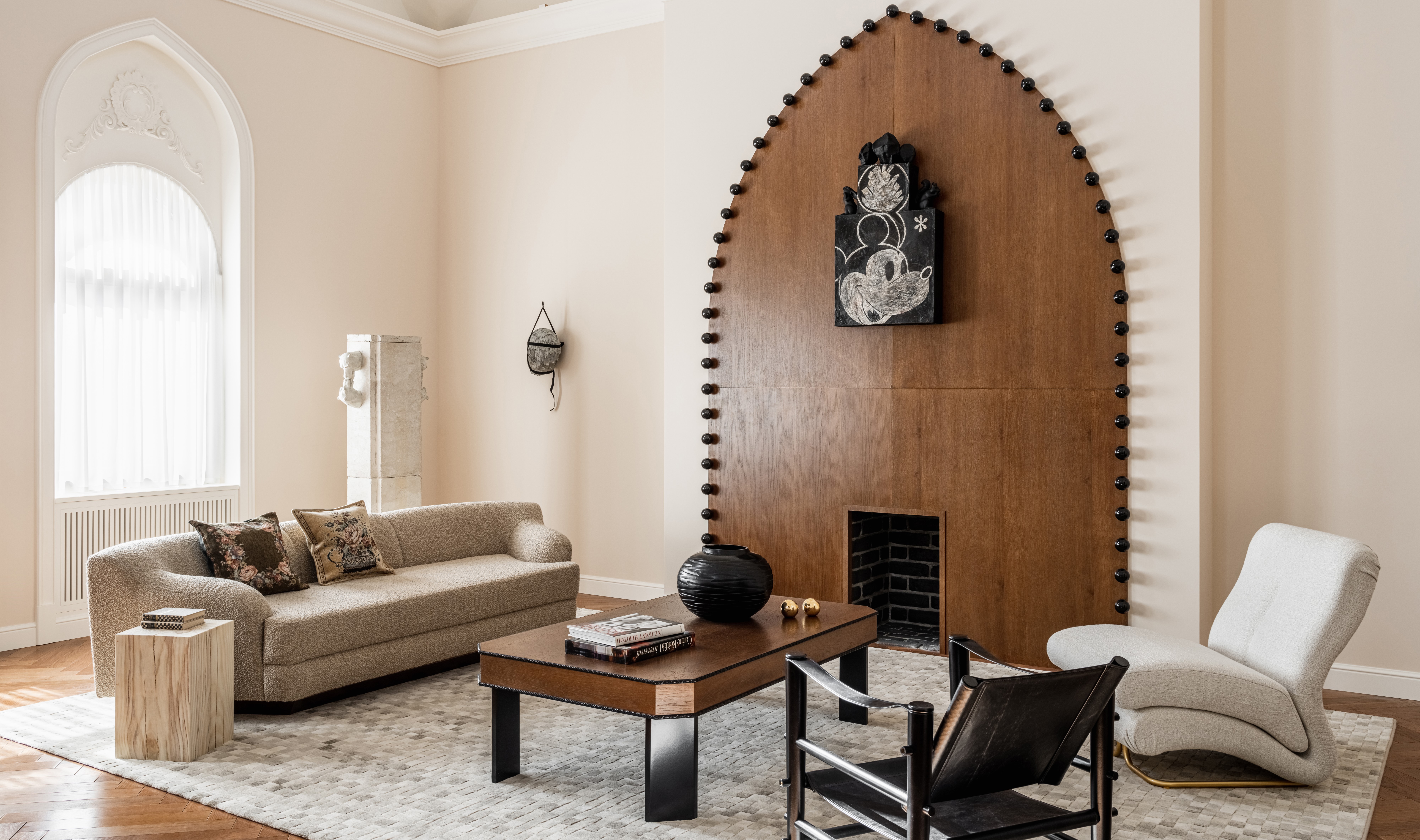

A rug not only adds color, pattern, and texture to the room, but it also doubles as a statement piece that pulls all the living room elements together. While most people wish to add this jewelry to the room, it can be difficult to determine the right size that will fit the place. Plus, shopping online for a rug can sometimes be disastrous, as you may end up with a rug that's too large or too small.
To help you choose the right living room rug idea, we reached out to experts. Look at these best practices for placing an area rug, the correct sizes, and ways to measure it.
How big should a rug be in a large living room?

The perfect living room rug size depends first on the size of the room, and also on the dimensions of the furniture. Choose a piece that allows for a tiny bit of bare floor between the rug and the walls. A good rule of thumb is that your area rug should be around 8 to 12 inches longer than your sofa. In big living rooms, you could go in for a 10x14, 12x12 or 12x15-sized rug. You could also go for a custom size made by a retailer.
When it comes to rug placement, the size should be such that it easily flows under (though not entirely) all the main furniture.
'My go-to technique for any sized room is to have most of the furniture completely on the rug,' says Kevin Sawyers, founder of Sawyers Design. 'If a sofa has front legs on the rug and back legs off the rug it feels as though the rug is not large enough and this “straddling" feels noncommittal. Think of the rug as creating a space within a space where items should sit. In a larger living room, this allows you to create multiple seating areas. A sofa and a few chairs, coffee table, and side tables on the rug and a couple of swivel chairs off the rug in a secondary seating arrangement provides seating options for larger groups or more intimate seating for two.'
How big should a rug be in a medium or small-sized living room?
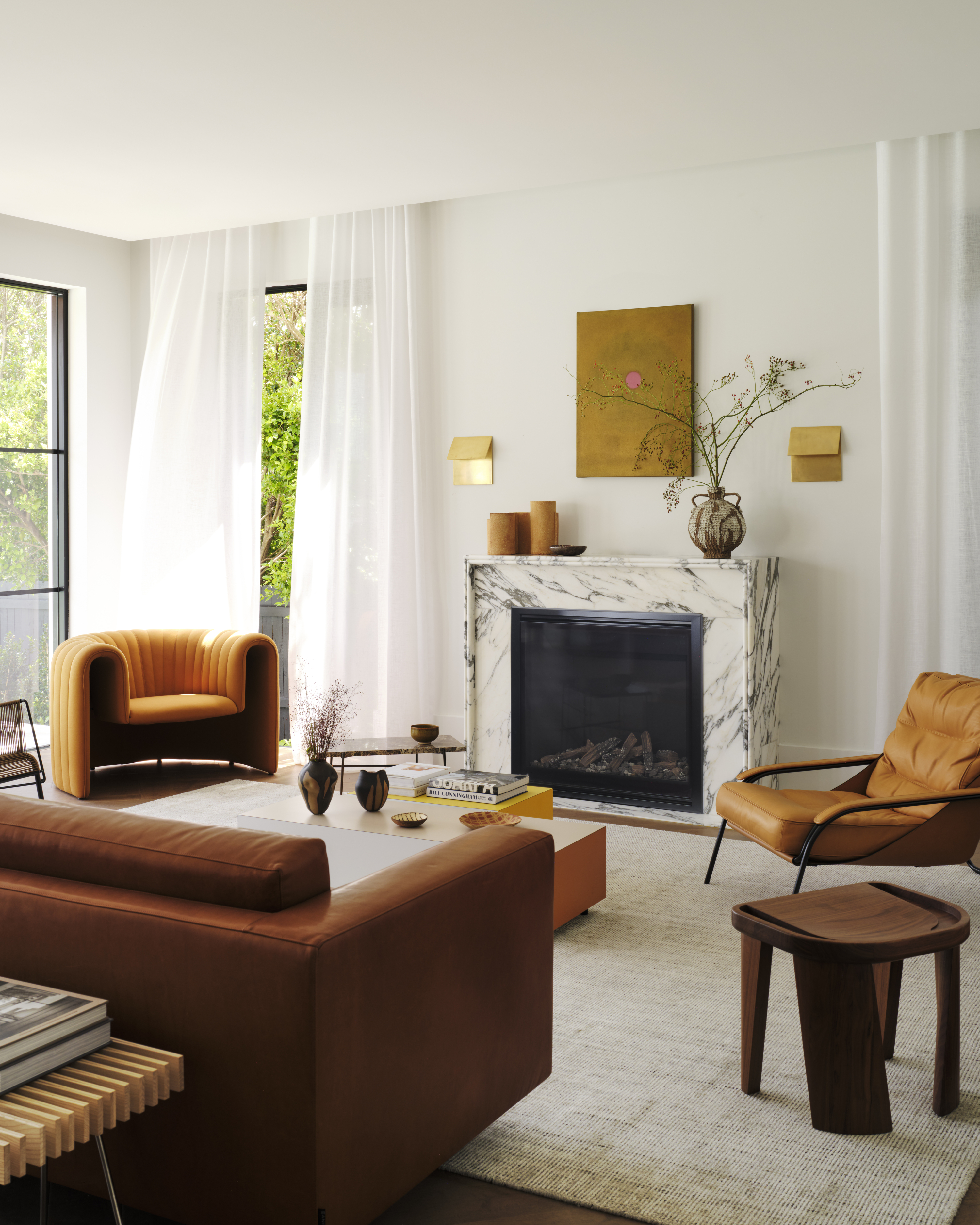
In medium to small living rooms, you could go with rug sizes ranging from 5x8, 6x9, or 9x12. One thing to note is that rugs may have a small size variance. So the one you may see on the retailer's website might be a few inches different. For best practices, always check a rug’s “product specifications” under the product listing to ensure these measurements work with your space.
'In smaller spaces, I'd say the standard size of a rug should be 8x10, but regardless of size, it is important to decide if you want at least the front legs of all furniture pieces to be on the rug’s edge,' says Jane Lockhart, founder of Jane Lockhart Design. 'Conversely, for a more formal look, aim to have all furniture legs off the rug entirely.'
What is an effective way to measure a living room rug?
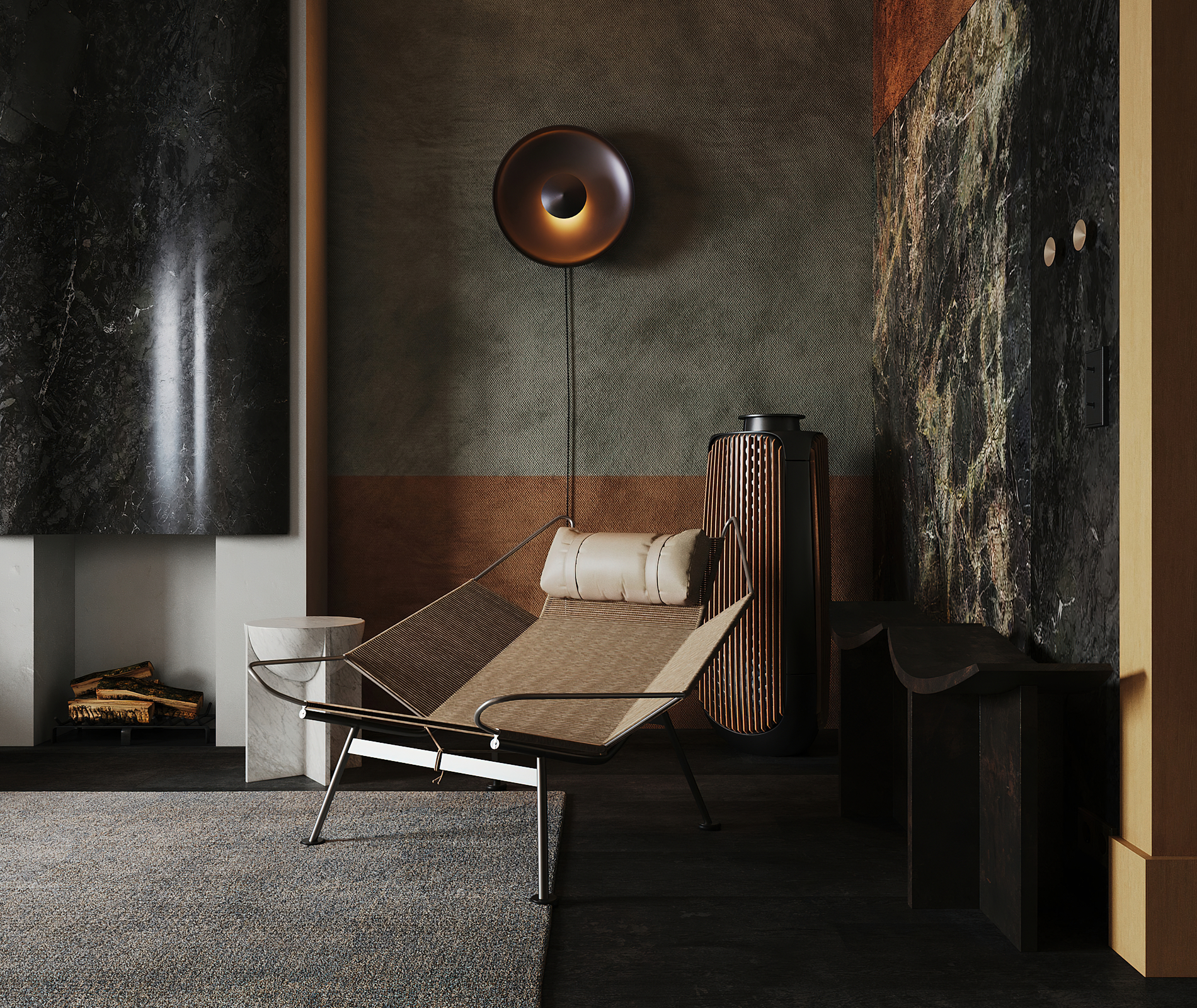
Before you go out and purchase a rug for your living room, instead of just eyeballing the room for its dimensions, it would be best to find out the correct measurements.
'Set up all the furniture as you intend it to be arranged and then measure just behind each leg to inform the best rug size,' says Jane. 'This may provide you with a nonstandard size, so be sure to convert this measurement to match the standard size that is closest to what you measured in your space.'
How should you lay out a living room rug?
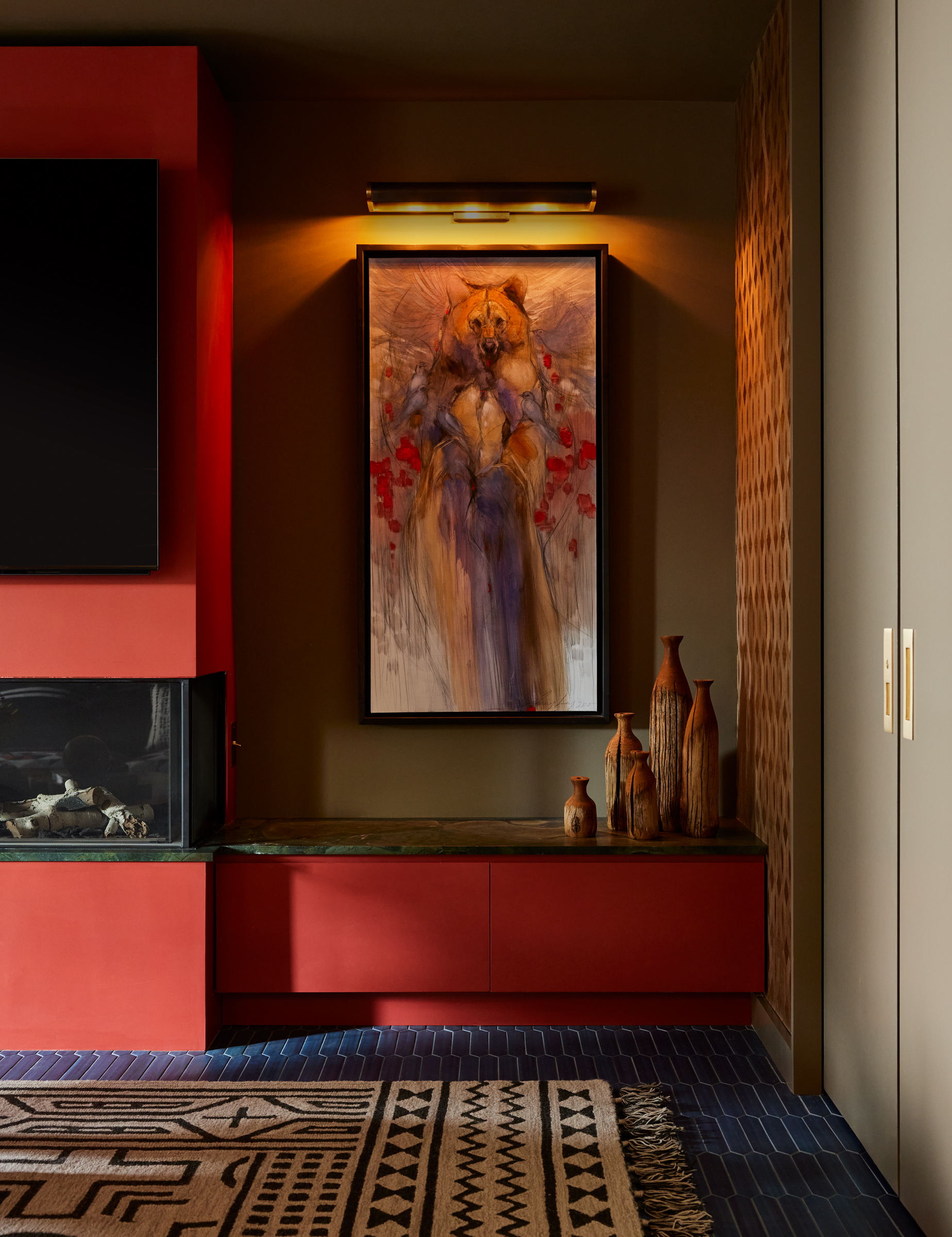
Choose a rug size that ensures the front legs of all living room furniture land on the rug. If this isn't possible, it's okay to have just the front legs of the main pieces placed on the rug. Do remember to leave the same amount of floor space on all sides of your rug. This could be anywhere from about eight to 24 inches of clearance on all sides.
'How you lay out the living room rug/rugs depends on how you want to divide or unit the space,' says Kevin. 'If your space is large enough you could layout a main seating area on a large rectangular rug with a secondary intimate seating group on a smaller round rug. Generally speaking, though the length of the rug should follow the length of the room.'
Another surprising rug trend is layering a rug with a carpet. This is effective if you want the space to feel more lush, padded, and warm. In a large living room, you could go in for wall-to-wall carpeting and use the rug to anchor the seating.
How to tell if your living room rug is too small or big?
One way to determine if the rug is too big is if there is less than 6" of floor space around the rug or if every piece of furniture is entirely on the rug. Alternatively, if you can't get all the front legs of the major furniture pieces on the rug without disturbing the layout, then chances are your rug is too small.
How can you hold the rug in place?
If you own lightweight furniture and are worried that your rug might move around or slide, then consider adding a rug pad, like this from Amazon, underneath. It should be 2 inches shorter in length and width, or 3 inches for a thicker rug. The smaller the rug the higher the grip of the rug pad.
How can you select the right rug size when online shopping?
Measure the entirety of the living room. Take the perimeter of the space into consideration and subtract around five inches from each side to determine the rug size. This way you can conclude on what size of rug fits best. Alternatively, you could just measure the largest furniture piece, and pick a rug that's six to 12 inches wider than the piece, ensuring there's enough space for the front legs of the seaters to be placed on it.
Be The First To Know
The Livingetc newsletters are your inside source for what’s shaping interiors now - and what’s next. Discover trend forecasts, smart style ideas, and curated shopping inspiration that brings design to life. Subscribe today and stay ahead of the curve.

Aditi Sharma Maheshwari started her career at The Address (The Times of India), a tabloid on interiors and art. She wrote profiles of Indian artists, designers, and architects, and covered inspiring houses and commercial properties. After four years, she moved to ELLE DECOR as a senior features writer, where she contributed to the magazine and website, and also worked alongside the events team on India Design ID — the brand’s 10-day, annual design show. She wrote across topics: from designer interviews, and house tours, to new product launches, shopping pages, and reviews. After three years, she was hired as the senior editor at Houzz. The website content focused on practical advice on decorating the home and making design feel more approachable. She created fresh series on budget buys, design hacks, and DIYs, all backed with expert advice. Equipped with sizable knowledge of the industry and with a good network, she moved to Architectural Digest (Conde Nast) as the digital editor. The publication's focus was on high-end design, and her content highlighted A-listers, starchitects, and high-concept products, all customized for an audience that loves and invests in luxury. After a two-year stint, she moved to the UK and was hired at Livingetc as a design editor. She now freelances for a variety of interiors publications.
-
 Turns Out the Coolest New Café is Actually In Your Kitchen — Here's How to Steal the Style of TikTok's Latest Trend
Turns Out the Coolest New Café is Actually In Your Kitchen — Here's How to Steal the Style of TikTok's Latest TrendGoodbye, over-priced lattes. Hello, home-brewed coffee with friends. TikTok's 'Home Cafe' trend brings stylish cafe culture into the comfort of your own home
By Devin Toolen Published
-
 5 Bathroom Layouts That Look Dated in 2025 — Plus the Alternatives Designers Use Instead for a More Contemporary Space
5 Bathroom Layouts That Look Dated in 2025 — Plus the Alternatives Designers Use Instead for a More Contemporary SpaceFor a bathroom that feels in line with the times, avoid these layouts and be more intentional with the placement and positioning of your features and fixtures
By Lilith Hudson Published

